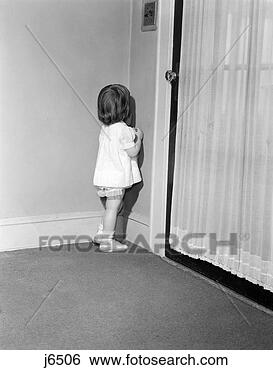... get up everybody and...
Sing
Dance
Eat
Play
Time and time again, research suggests that engaging in family activities, including meals, is good for everyone's mental health. A comparison study exploring substance abuse in teenagers revealed that teenagers who reported dining with their family 5-7 times a week were 4 times less likely to use alcohol, tobacco or marijuana, than teens who dined fewer than 3 times a week with their families. By this they mean a proper sit down dinner, and not takeaway in the car on the way back home. Mealtime can be a chance for siblings and parents to connect, catch up and share views. When it comes to teenagers, the most common complaint is "they don't understand me", or "no one sees me" when talking about their family. Allowing yourself and your child to have that verbal exchange on a daily basis may decrease their feelings of loneliness and alienation. It is also vital for both parents and children's mental health to see each other in a fun and loving atmosphere regularly.
Commonly, younger siblings look up to older siblings, especially in regards to experimenting with drugs, tobacco and alcohol. If younger siblings see the positive and family oriented side of their older brother or sister, they are less likely to experiment. Family time also teaches kids to share and be patience.
With our hectic schedules, and our kids' hectic schedules (especially our teenagers), scheduling mealtime is often very difficult. I would first urge all of us to think if it can be managed, as it is a priority, if not, then find other alternative activities that can unite the family together. The goal here is engagement, which means fostering conversation and encouraging a safe banter of ideas is key. Find opportunities to play games, be a part of a social event, do some family volunteer work, join a cooking class, etc.
Suggested activity of the day:
As I've previously confessed, I am a fan of board games, and here is a quick glance at the great collection of board games for all ages at Fantasy World in Avenues Mall. You can also search online for more options (Amazon is a good option).
For more information on this study and related articles click the two links below:










































